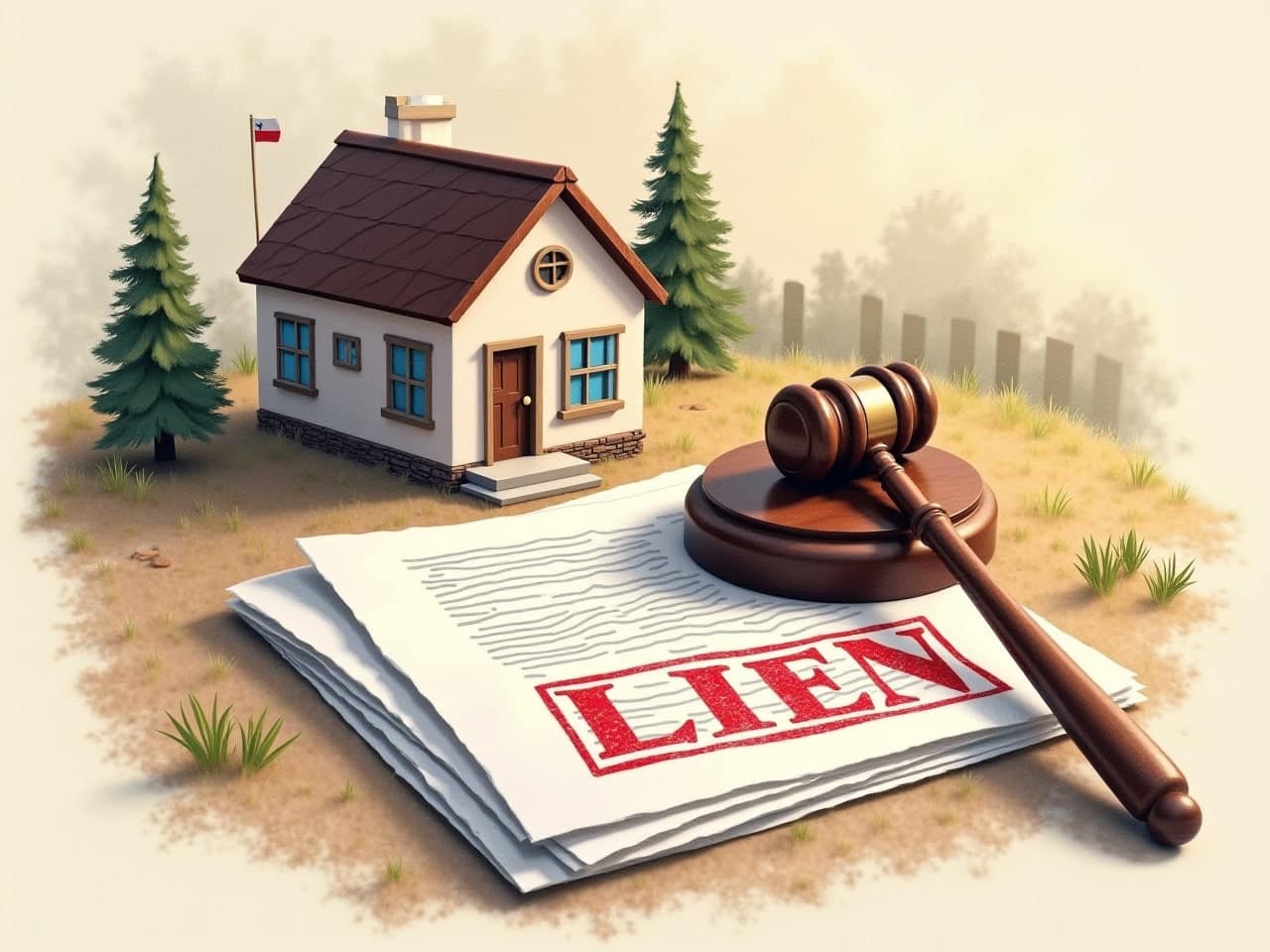It’s a frustrating scenario – you’ve been hired to work on a commercial construction project, and you completed your work on time and in accordance to the specifications. However, your invoice has been left unpaid. Unfortunately, this is all too common in the construction industry. Texas lawmakers recognized this problem in the mid-1800s and passed the first lien laws. Since then, Texas contractors and subcontractors have had the law on their side when it comes to collecting non-payment for work performed.
Let Us Know More About Lien Affidavit
Mechanics lien, which is also called a mechanics lien affidavit or lien affidavit, is an official document that asserts a lien against a property for your work when you have not been paid. When appropriately filed, the lien affidavit becomes a public record. This alerts potential purchasers that someone claims a debt is owed for labor/materials/equipment provided to the property. Lenders typically will not offer permanent financing or refinance a property that has a mechanics lien filed against it, which can be a real problem for the property owner. Therefore, filing a mechanics lien affidavit in Texas will prompt payment in most cases.
How Do I File Lien Affidavit?
Despite seeming like a big legal hassle, filing a lien affidavit is actually a simple process if you have the right information and follow proper procedure. Texas Easy Lien, created by attorneys to help those in the construction industry protect their payment rights, has all of the forms and requirements you need to fight non-payment. There’s no need to find an attorney or a notary – we do all the work for you. Keep reading for more details on what you need to get started.
Information you will need
You will need to gather the following information to start the process when you are ready to file a lien affidavit in Texas. In fact, we highly recommend you have this information available when you begin each job, so you are well-prepared should you need to pursue payment by filing a mechanics lien.
- Project owner’s name (or company name) and last known mailing address.
- Project name and street address, including the county name.
- A legal description of the property (not always needed, but helpful if available).
- The amounts owed for each month you performed the work.
- The description of the work itself (this can be general).
- The original contractor’s (this is the general contractor) name and last known mailing address (if you are a subcontractor or sub-subcontractor)
Will this guarantee payment?
When a property owner still withholds payment after a lien affidavit has been publicly filed, they will face lien enforcement. This involves a lawsuit and the Texas court system, so property owners have a huge incentive to settle the debt rather than face the lawsuit that looms when enforcing a mechanic’s lien affidavit.
Where do I start?
Texas Easy Lien has assembled everything you need to protect your payment rights. Our process is simple – just log on and answer a few simple questions. We will then take you step-by-step through the mechanics lien filing process. We have all of the legal documents at your fingertips, and our service also offers online notarization as needed. It’s simple, affordable, and the easiest way to ensure your payment rights on every job.


